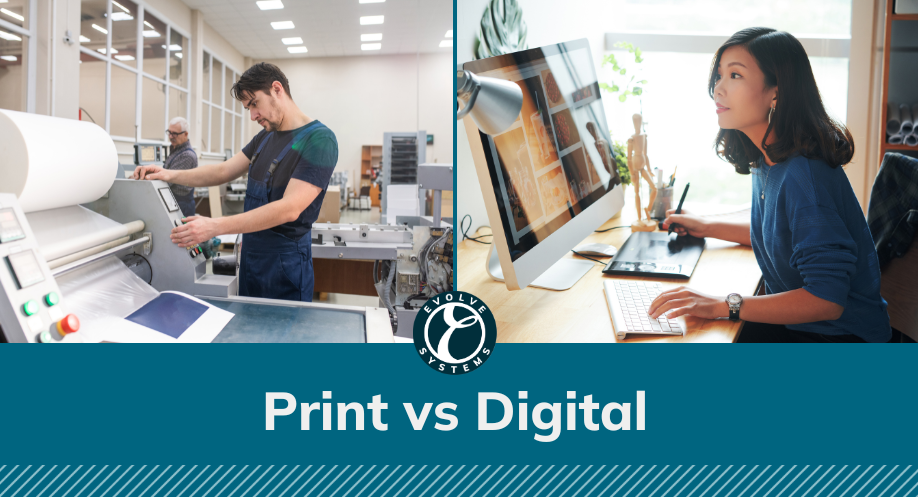The Power of Branding
Ferris Bueller’s Valuable Lesson
“The market moves pretty fast. If your business doesn’t stop and look around once in a while, you could miss it.”
Ferris was truly wise beyond his years. Sure, the quote may not be totally accurate to the original, but it’s been a while—the movie came out in 1986, after all. To save us the stress from realizing how long ago that actually was, I’ll let you do the math. Regardless, Ferris’ insightful snippet still rings true today, especially in the world of marketing.
Brands, like your customers, are dynamic and ever-changing. Keeping up with the times is more important now than ever, as consumer culture and sentiment seem to evolve monthly. This becomes especially evident after reflecting on 2020. This past year has shown the importance of digital and the powerful voice of the consumer, two things that were influenced heavily by the COVID-19 outbreak and likely aren’t going anywhere even after the pandemic ceases.
Refurbishing, Reviving, or Restarting?
As a brand, you have to keep up with the times to stay competitive and relevant. But, what does that look like? Depending on your circumstances, it could be a rebrand. As simple as it may sound, rebrands come in all different shapes and sizes. Maybe you have a strong, established brand that just needs a touch-up. Or, perhaps, you find your brand falling behind and want to give it a makeover. Or, maybe, you think your brand is unsalvageable and it’s back to the drawing board. By pinpointing the reason why you need a rebrand, you can decide the best course of action and knock it out of the park.
When You Should Consider a Rebrand
Your Customers Have Changed.
This can mean you have an entirely new market you want to target, or maybe it just means the mindset of your current customers has shifted. Brands are the link between your organization and your customers, and a good brand is one that resonates with them. Ask yourself—Do my customers have to accommodate my brand, or does it already fit in with their lifestyle?
You Have a New Mission and Values.
If it’s a culture-shift you’re after, then a rebrand may be a strong complement to set this change in stone. A structured, professional brand image will almost certainly clash with a free-flowing, creative atmosphere. A massive skyscraper in your logo may not fit with a sustainable, eco-friendly mission statement.
You’re Moving to a New Vertical.
If what you’re selling is different than in the past, especially if it’s a large change, then rebranding might help recalibrate your company with the market. If you’re selling pants, you most likely won’t want a pair of shoes in your logo.
Your Brand Doesn’t Play Nice with Digital.
As companies jostle for breathing space in the digital world, you need a strong, digitally compatible brand to claim your stake too. Some questions to ask:
- Does my color palette look good on a website and digital promotional materials?
- Is my name SEO friendly? Does it have the luster and pull to compete in the digital space?
- Does my brand imagery work well at different scales and resolutions? Example: The tab icon while a visitor browses your website.
You Blend In Too Much, or Stand Out in the Wrong Way.
In the land of ice cream, is your brand vanilla? Make no mistake, vanilla ice cream is delicious. But, let’s be honest, everybody has vanilla ice cream these days. Sometimes it’s valuable to not overdo it too. Not everybody likes Rocky Road, after all. Maybe instead of vanilla, you go the Madagascar vanilla bean route. The goal here is to do just enough to stand out without alienating your customers.
On the other hand, maybe you stand out too much in the wrong way. Whether it’s something that happened in the past or customer misconceptions, a rebrand offers a clean slate and a fresh start.
You Have the Support of Your Team.
Rebrands are a huge deal. They change your identity as a company, and it’s important that every stakeholder is supportive of the bigger picture. In order for it to work out, you need a strong backing from your team, as they are the ones that will make this rebrand a success in the future. They will be picking up the phones, promoting, and selling your brand.
When You Shouldn’t Consider a Rebrand
You’re Bored With Your Current Brand.
What if your brand has lost its luster internally? Although it’s important to love your brand, you’re not the one buying your products. If your customers have a strong, positive reception to your brand, it’s important to think twice before changing it. If the desire for a fresh start is too strong internally, then perhaps a more mellow, tapered approach is appropriate.
You Rely Heavily on Brand Recognition or Word of Mouth.
If your business thrives off of word of mouth or you have a strong brand name, tinkering with your brand image could fray this link with your customers and disrupt your funnel. If your business model depends on recognition, consider changing one or two smaller elements instead of a sweeping rebrand.
You’ll Struggle to Follow Through Financially.
Rebrands are expensive and resource-intensive, no two ways about it. It’s important to not only look at the direct costs associated with creating your new brand, but also the team hours required to implement these changes. There’s research and development, design, acquiring new creative assets, replacing the old assets, the list goes on. The only thing worse than no rebrand when you need it, is a rebrand that’s abandoned halfway through. Make sure your team can reach the finish line!
Your Company Already Has a Strong Digital Presence.
Although having a strong digital presence isn’t a deal breaker when it comes to considering a rebrand, it’s something you have to keep in mind. Tinkering with your name, colors, voice, style, or logo can hinder your SEO or confuse your site visitors, reducing your clickthrough rate. Again, a gradual approach may be best when looking at a company with a substantial digital footprint to preserve the gains you’ve already achieved.
You Don’t Have the Backing of Your Team.
Your brand is a direct extension of your company culture, and your team is your brand champions. They are on the frontlines representing the brand, so it’s crucial that they’re supportive of the change. If they aren’t, then they may lose their fire and passion that has fueled your success in the past.
Rebrand Studs and Duds: Two Examples
Rebrands are hard to get right, regardless of how big the brand is. Companies of every size will encounter unique challenges during the rebranding process, and it’s important to learn from past successes and failures to prepare for what’s to come. Read two examples of rebrands by big players in the game who are both, coincidentally, drink brands. Although they had similar ideas, the results were quite different.
Rebrand Stud: The Star of the Show
When the Starbucks team sat down to think about their upcoming rebrand in 2010/2011, they came to the realization that their brand assets were recognizable—very recognizable. They were so recognizable, in fact, that you could hand someone on the street a white to-go coffee cup with a green circle on it and they’d tell you “thanks for the Starbucks!”. Their brand was doing the heavy lifting for them. However, this had the potential to backfire, as any change deemed unnecessary or the step in the wrong direction would receive vicious backlash.
So, Starbucks took the less-is-more approach and refined their assets while still staying true to the original flair. They kept their “Starbucks Green” color, used the same typography, and stayed consistent with their voice. However, the key difference was detaching their wordmark from their logo. The old logo was cluttered and restrictive, especially when applied to promotional materials. The result was a simple, clean, and flexible mermaid logo that could be repurposed in countless ways. Now, coffee mugs, billboards, gas station monitors, phone advertisements, you name it, could all house the new Starbucks logo without distortion or loss of interpretation.
The result? Starbucks left the rebranding process with refined and intentional assets, a solidified brand voice, and an affirmed direction on which to build the brand. They set themselves up for years of success, and we still see the results today in their promotional materials and communications.

Rebrand Dud: Tropicana’s Pulped Rebrand
Tropicana’s classic orange juice carton is iconic; or at least that’s what consumers said after Tropicana unveiled its new carton design in 2009. The goal was to modernize the orange juice brand with updated packaging, and, admittedly, they did some things right. Take the cap, for instance. Instead of the old, traditional carton cap, Tropicana replaced it with an ergonomic orange. They also updated their colors to make them more vibrant and eye-catching.
However, Tropicana is an unfortunate example of what happens when companies overthink their rebrands, focus too much on pretty design, and not enough on functionality. Customers complained that they couldn’t easily identify if the juice was pulp-free or not. Also, the cartons tended to be lost on the shelves, as they blended in particularly well with the crowd, and half of the design elements didn’t shine unless looking at the carton from a 45 degree angle. Unfortunately, you only get one side of the carton to work with when competing on supermarket shelves.
Tropicana spent $35 million on the rebrand and lost 20% of their revenue in a month. Shortly thereafter, they scrapped the idea and went back to their traditional packaging, as it was simply too hard to stand out. Tropicana pulped their rebrand because they lost sight of their brand’s utility while getting caught up in a pretty design. The result? Zero brand recognition, and reverted packaging a month later.

Rebranding: Is It Worth It?
Only your internal team can determine if rebranding is the best course of action for your brand. But, if you think your brand needs a refresh, you don’t have to swing for the hills. Slight tweaking or gradual changes can be a happy medium between ignoring your brand and creating a new brand entirely. It’s hard navigating the weeds of branding, and sometimes, outside advice and guidance can be the difference between a Starbucks and Tropicana. The branding experts at Evolve Systems have worked with companies of all sizes on a wide variety of rebranding projects. If you’d like an expert to work through the process with you, contact our team today!









